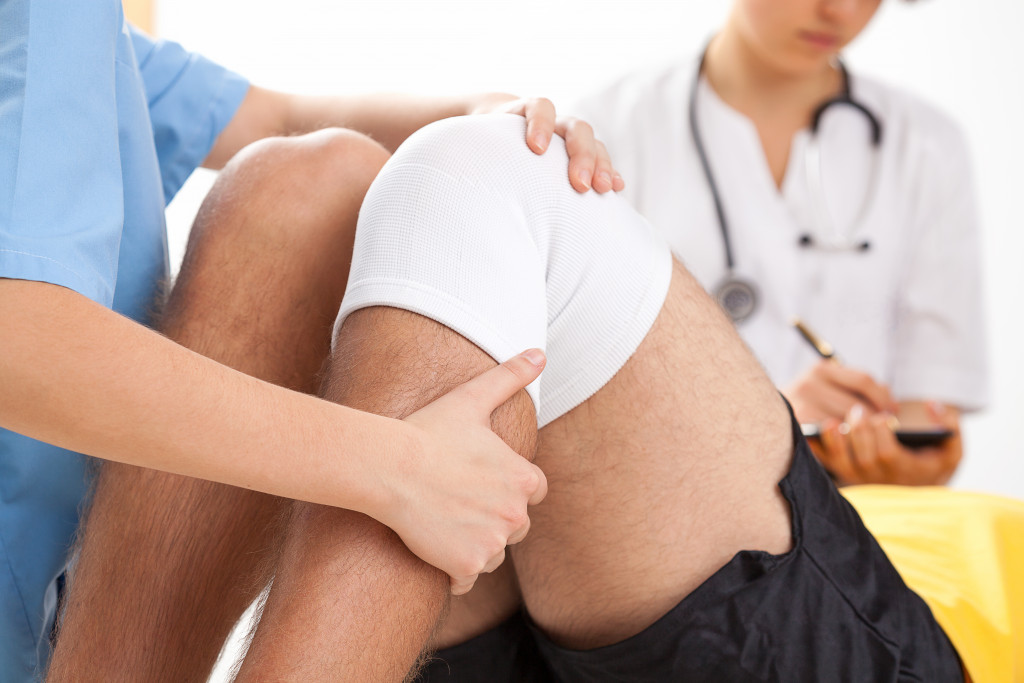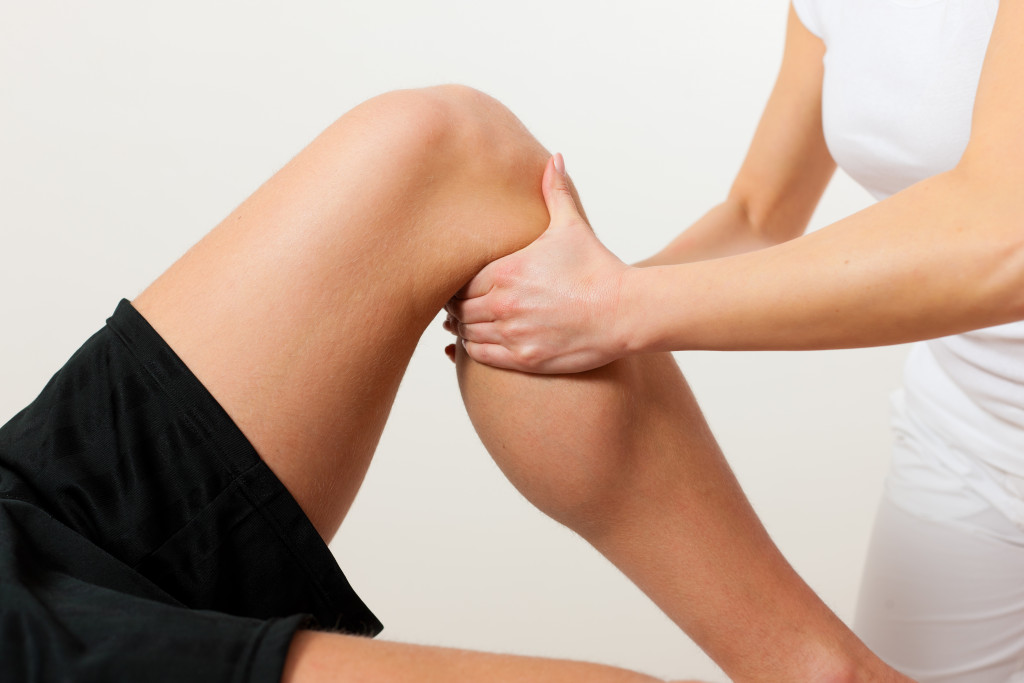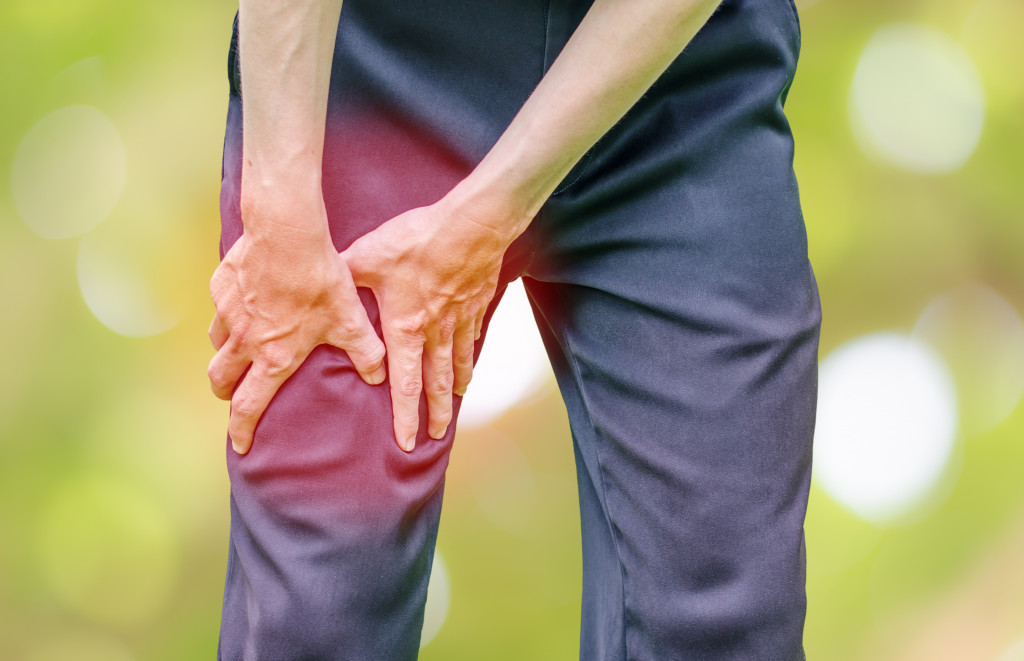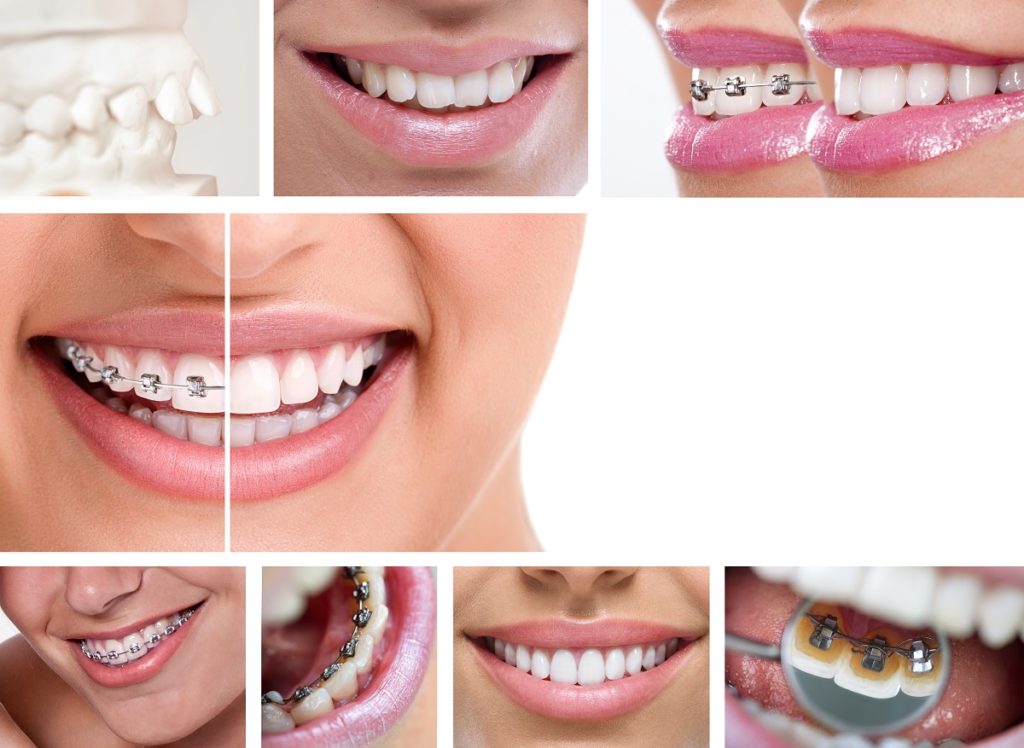- Degenerative diseases like osteoarthritis, bursitis, ligament injuries, and patellofemoral pain syndrome can cause knee pain.
- Diagnostic tests such as X-rays and MRIs can help diagnose the cause of knee pain.
- Treatments for knee pain may include surgery, bracing, physical therapy, anti-inflammatory medications, or rest.
- Ice and heat therapy can help reduce swelling and inflammation, while strengthening exercises can improve overall knee health.
- Consulting with a doctor specializing in sports injuries is recommended for the best treatment plan to alleviate knee pain.
Knee pain, regardless of the cause, can be a significant hindrance to your daily activities. It can be caused by various factors that differ from person to person. Understanding the root cause of your knee pain is critical to avoid further damage. Here’s what you need to know about your knees, the reasons behind the pain you might be experiencing, and how you can deal with it over time.
The Human Knee
First, you need to know that the knee is a complex joint. It connects three bones: the thighbone (femur), shinbone (tibia), and kneecap (patella). The knee also helps to stabilize your lower body, allowing you to move around freely and perform various activities.
Common Causes of Knee Pain
Knee pain can be very uncomfortable as you use it daily. Here are some reasons for knee pain and how to deal with it.
Osteoarthritis
Osteoarthritis, a degenerative disease that affects the joint’s cartilage, is the most common cause of knee pain. This condition primarily affects the elderly population and athletes engaged in high-impact activities. As the knee cartilage deteriorates, it causes bone-on-bone contact, leading to inflammation, pain, and stiffness.
If you experience knee pain that progressively worsens over time, this could be a sign of osteoarthritis. A physical examination and imaging tests, such as X-rays, can confirm the diagnosis. An early diagnosis can help prevent further cartilage loss.
Bursitis
The knee joint contains fluid-filled sacs called bursae. These sacs help cushion the joint and reduce friction between the thigh and shinbone. However, overuse or injury can cause the bursae to inflame, leading to bursitis. Symptoms of bursitis are knee pain, swelling, and stiffness. Rest, anti-inflammatory medications, and physical therapy can help reduce the pain and swelling associated with bursitis.

Ligament Injuries
Ligaments connect the bones in the knee joint and help keep the joint stable. Activities such as abrupt movements or an awkward landing can cause a sprain or tear in the ligaments, leading to knee pain and instability. An orthopedic doctor can run diagnostic tests like MRIs and X-rays to determine the extent of the damage. Treatment for a ligament injury may involve surgery, bracing, or physical therapy, depending on the severity and cause of the injury.
Patellofemoral Pain Syndrome
Patellofemoral Pain Syndrome (PFPS) is caused by the patella, or kneecap, becoming misaligned in the femoral groove. This condition is common in athletes but can affect anyone. PFPS causes knee pain when squatting, running, and walking downstairs. The cause of PFPS is multifactorial and can result from overpronation, muscle imbalance, or foot position. Treatment for PFPS may involve strengthening exercises, wearing supportive footwear, and icing the affected area.
Meniscus Tear
The meniscus is a C-shaped structure in the knee joint that helps absorb shock and stabilizes the joint. Overuse or sudden twisting movements can cause a tear in the meniscus, leading to knee pain, swelling, and stiffness. In severe cases, surgery may be required to repair the meniscus. However, in less severe cases, physical therapy, rest, and ice may be enough to alleviate the symptoms.
Dealing With Knee Pain
Knee pain can be debilitating, significantly limiting your daily activities. Understanding the root cause of your knee pain is critical to avoid further damage. Additionally, here are ways you can deal with knee pain.

Visit a Knee Doctor
When you might have gotten a knee injury, you must visit a doctor specializing in it. Your doctor can create an effective knee sports injury treatment for your pain. This treatment may include Active Release Technique (ART), which can help restore your knee joint’s mobility and strength.
Apply Ice or Heat
Applying ice and heat therapy can benefit some types of knee pain, depending on the root cause. Applying cold packs can reduce swelling and inflammation, while heating pads can increase blood flow to the area. This helps to relax the muscles around the joint and alleviate pain from muscle tension or spasms.
Physical Therapy
Rehabilitation exercises are essential in keeping your joints healthy and reducing knee pain. A physical therapist will create an individualized plan tailored to your needs that helps you regain your full range of motion, flexibility, strength, and balance. Physical therapy may also include therapeutic modalities like ultrasound or electrical stimulation, which can help reduce pain.
Do Some Knee Exercises
Exercise can help you strengthen the muscles around the joint, making it more stable and less prone to injury. Regular physical activity also helps reduce inflammation and maintain a healthy weight, improving knee health. Gentle exercises like walking, cycling, swimming, or yoga are beneficial for relieving knee pain.
Knee pain can be caused by many factors that vary from person to person. Understanding the root cause of your knee pain is critical in preventing further damage. Various treatments may be necessary depending on the cause of the issue. Consulting a doctor specializing in sports injuries is recommended for best results, and doing some simple exercises can help alleviate the symptoms of your knee pain over time.







